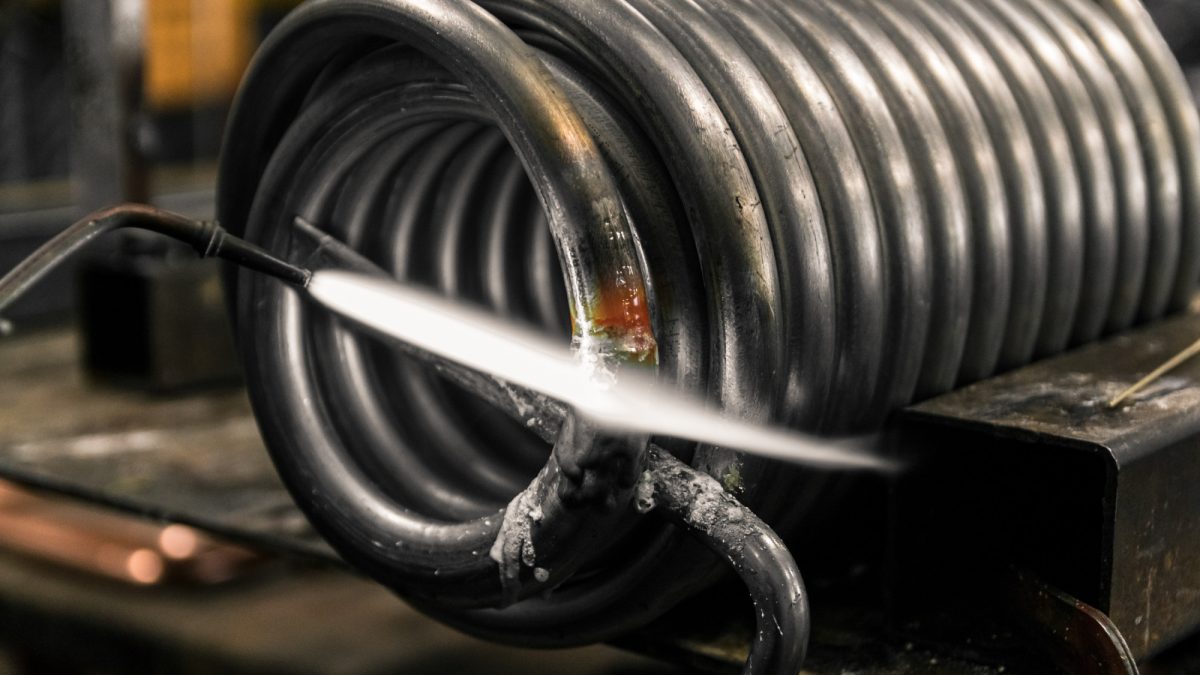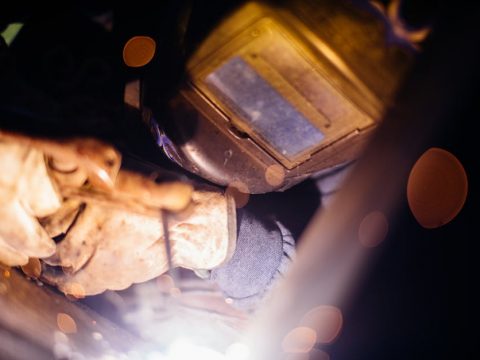Dip It: 5 Things You Should Knew About the Dip Brazing Process

Here’s How Microwave Communication is Different Than Other Kinds, and Why It’s Better!
January 8, 2020
Dip Braze for Daze: What Metals Cannot Be Brazed?
August 24, 2020Have you heard of the dip brazing process? You’ve probably seen dip-brazed objects before and didn’t give them a second thought. Why would you? After all, dip-brazed objects run the gamut from receiving antennas to plumbing to jewelry.
The brazing process is nothing more, nor less than using metal alloys to join the components of different types of base metal components. If your question is, “what is the dip brazing process?” we’ve just answered the first part of it.
There’s more to it, of course, especially when it comes to dip brazing specifically. That’s what we’ll cover in the following five dip brazing fundamentals. Stay tuned!
1. Dip Brazing Isn’t the Only Type of Brazing
Precursors to modern brazing date back to ancient times. Around 3000 BCE, hard soldering (or silver brazing) began to spread from Ur (modern Iraq) to Egypt.
There, ancient metal smiths eventually refined the process into an early form of brazing to make useful metal objects like goblets.
Of course, ancient methods were hardly the same as those we have today. In more recent years, the related processes of open-air brazing, furnace brazing, and vacuum brazing became widespread.
Dip brazing (also known as salt bath brazing) came during the latter part of the 20th Century. As we’ll discuss below, dip brazing is especially popular for joining small aluminum parts.
2. Brazing Joins Metals, But It’s Not Welding of Soldering
Although brazing, soldering, and welding are all processes for joining metal, the similarities end there.
Soldering is done at temperatures below 450º C (842º F), whereas brazing requires a temperature between 620°C and 870°C (1150°F to 1600°F). Neither soldering nor brazing requires melting the base metals, though.
Welding, which does melt the base metals being joined, requires temperatures higher than those of soldering or brazing. A weld is a solid bond—at least as strong as the joined metals themselves.
3. Dip Brazing Requires Very Controlled Conditions
It’s a benefit of the dip brazing process that it’s best suited for small, detailed assemblies. An assembly is the final product of the various pieces being joined. Dip brazing allows greater attention to the details in these complicated items.
Even the smallest, most hard-to-reach joints in an assembly can be achieved with dip brazing. These are durable and lasting joints too!
Conditions Needed for Dip Brazing
For dip brazing, you need a good-sized, heat-resistant immersion tank for a bath in molten salt. Of course, you need the metal alloy shim and possibly an air furnace to cool the scorching hot parts after they’re removed from the salt bath.
Essentials of the Dip Brazing Process
First, the pieces to be joined are placed in the molten salt, called the “flux.” The role of the flux is to break down metal oxide particles that could weaken the new joints, especially important when joining pieces of aluminum.
Then, the parts to be brazed need careful cleaning with chemicals. Then, the filler metal is placed as close to the intended joints as possible. Doing this minimizes contact with surfaces other than those of the assembly.
An aluminum shim is used as the bonding alloy, and can also function as “wet flux” between pieces being joined. In other words, the shim, melting very slightly due to the high heat of the base metal, will seal joints and any small fissures.
The assembly is plunged in the flux bath, which should be just hot enough to slightly melt the shim and diffuse it through the joint to form a strong bond. This event is called “capillary action” since the melted metal must reach into any gaps, including very tiny ones.
After a stage of precision machining, the assembly is cleaned and finished. After thorough testing and a final inspection, the assembly is ready for the buyer.
4. Dip Brazing and Aluminum Are a Good Pairing
Aluminum is a lightweight yet durable metal that resists corrosion. These properties make it an excellent material for antennas. Antennas are useless if they collapse under their own weight, so the more aluminum comprising them, the better.
When fabricating with aluminum, brazing is preferred over welding because the heat of the standard welding process, even spot welding, causes the aluminum to warp or distort. The brazing temperature is just hot enough to make a lasting bond.
In short, the dip brazing aluminum process is one in which a material found a well-suited manufacturing technology, and the technology found its ideal substance.
5. Dip Brazing Is Great for Antenna Manufacturing
We use dip brazing in the manufacturing of our antennas, including our custom-designed ones. We also use this process when refurbishing antennas that have weakened capacity from wear and tear.
The antennas you see on rooftops or at high-tech communication facilities might look simple at first glance. However, most comprise multiple precision-made pieces that must be properly aligned.
Additional Resources on the Dip Brazing Process
To better understand how dip brazing works, watch the dip brazing process video on our homepage. There are several other dip brazing-related videos there as well.
If you’re interested in more technical details about different filler metals and how they work, we recommend this dip brazing process pdf of a relevant scholarly article.
You can also find some useful brazing information on other businesses’ sites that research the dip brazing process and manufacture products using it.
Ready to “Join” Forces With Us?
One final word about the dip brazing process: we highly recommend taking your project to a company like ours with years of research and experience with dip brazing and other techniques.
We also advise you to allow us to carry out the actual dip brazing in our well-equipped, state-of-the-art facility. If you’re still uncertain, we encourage you to look over our Quality Policy for more information on the standards we uphold.
Do you have an upcoming antenna-related project? Is it one that calls for the ability to join small metal pieces using strong bonds? Would our services help you or your business? If your answers are all “yes,” reach out to us as soon as you’re ready!




